
|
|
|
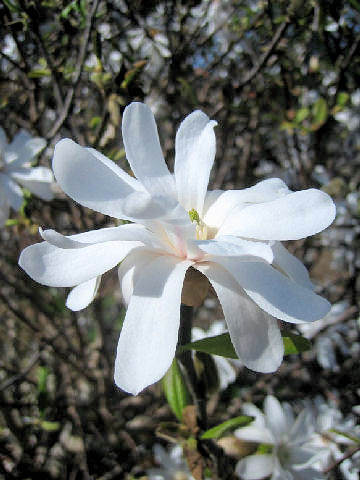 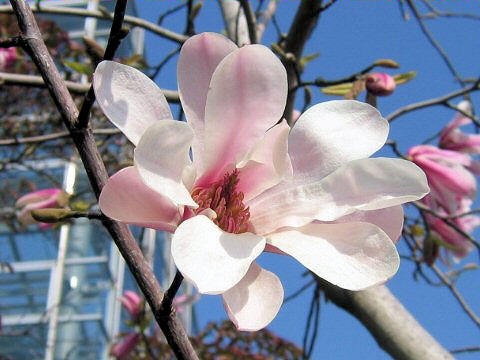 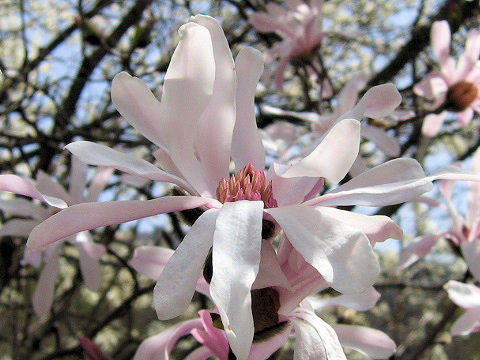 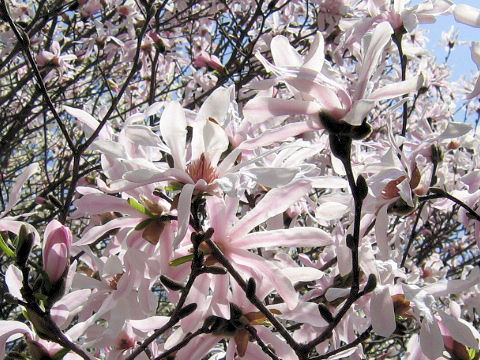 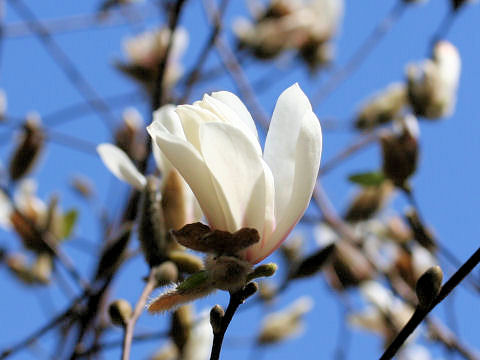 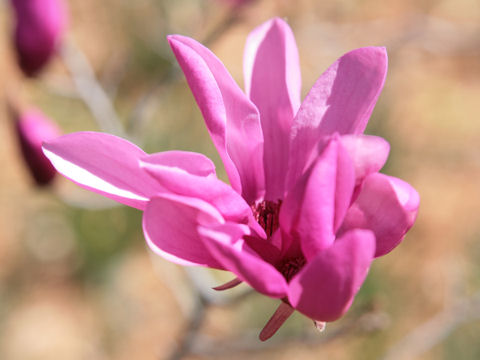 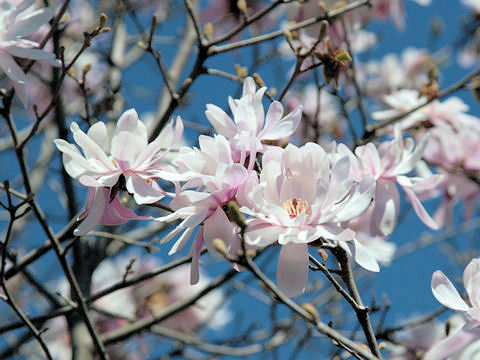 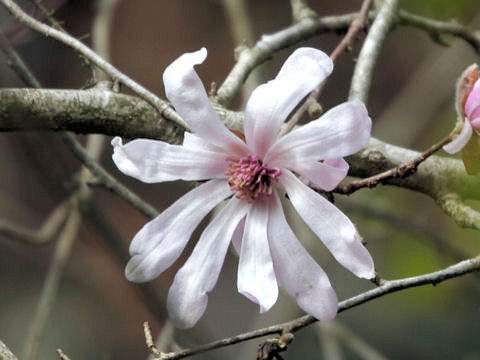 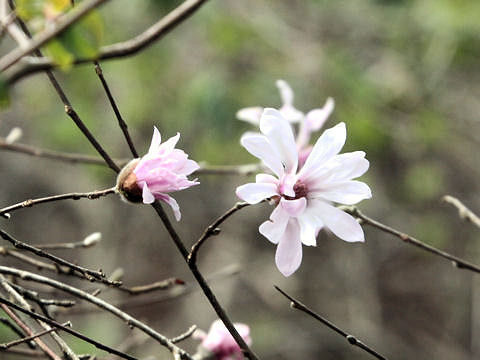 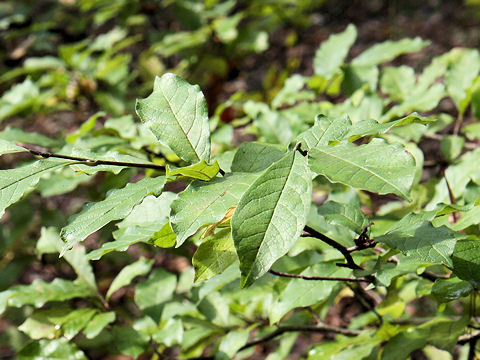 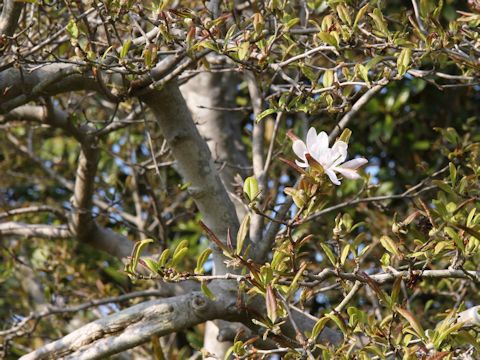 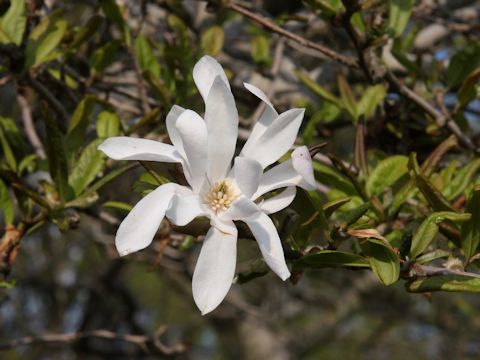 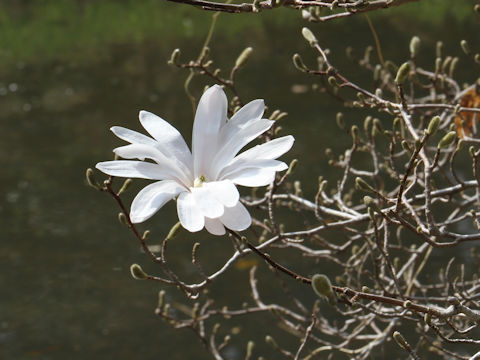 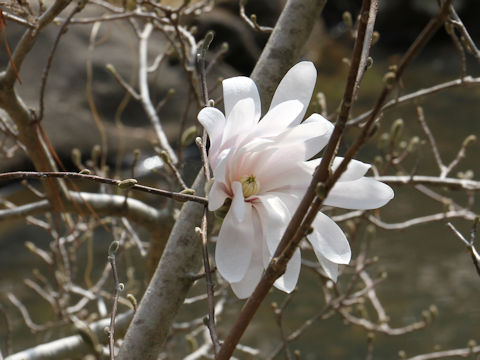 |
|
|
|
íªÌ{BAɨpüÓÌò§Æ¤mEOd§ÉªzµÄ¢Ü·B¼´ÌüÓâk¬¢ÈÇɶ¦A³ÍT[gÙÇÉÈèÜ·BR©çS²ëAW¢sNF©çFÌÔð穹ܷBÔÙÆäÓÐÌæʪïµAPQ`PWÂÌÔÑçª éæ¤É©¦Ü·BnIÉÍu±ÔµvÆu½ÞµÎvÌðGíÆl¦çêĢܷBa¼ÍA½³ñ éÔÙð_Ég¤ä¼i²Ö¢jÉg¦½àÌB |
|
|
NÈN®ÌtáØÅAw¼Í Magnolia tomentosaBp¼Í Star magnoliaB |
|
|
The Star magnolia (Magnolia tomentosa) belongs to Magnoliaceae (the Magnolia family). It is a small deciduous tree that is native to along the Gulf of Ise in Honshu; Gifu, Aichi and Mie prefecture. This tree grows around bogs and along mountain streams, can reach about 5 m in height. Pale pink to white flowers come from March to April. The flower has the look of 12-18 petals, though it is difficult to divide into petals and sepals. This species is thought a crossbred between the Northern Japanese magnolia and the Anise magnolia. The Japanese name is likened to Gohei, which is a wand with hemp and paper streamers (used in a Shinto ceremony). |
|
|
[ã] I[XgAEVhj[s`F[ubNÉÄA2006N0817úBeB(photo by Yumi Gunji) [P] åãsß©æuß©ÎnövÉÄA2005N0330úBeB [QER] ·ì§¬¡òÉÄA2005N0430úBeB [S] s{F¡suF¡sA¨övÉÄA2006N0324úBeB [TEU] AJEeLTXB_Xsu_XA¨vÉÄA2007N0310úBeB(photo by Jon Suehiro) [VEW] ò§Qsˬu³á¬vÉÄA2007N0413úBeB [X] åã{ðìsuåãsåt®A¨vÉÄA2007N1110úBeB [POEPP] çt§¬csuçt§ÔAØZ^[vÉÄA2013N0412úBeB [PQEº] {é§åäs¾æuåäsìvÉÄA2018N0404úBeB |

|
|
Shu Suehiro |